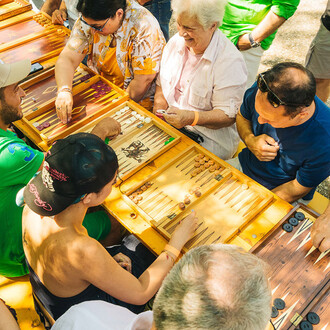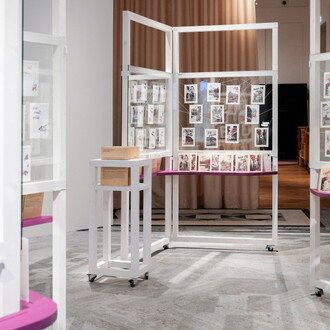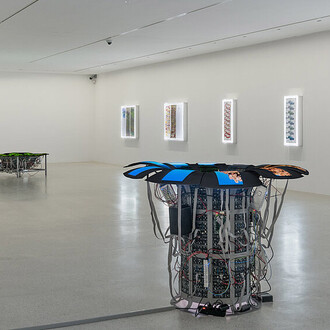Within the framework of the EU project AMBAVis (Access to Museums for Blind and Visually Impaired People), 3D technologies have been developed over a period of two years in order to enable visually impaired people to experience art in a new way. Among other works, Gustav Klimt’s “Kiss” has been transformed into an interactive tactile relief that will be handed over to the Österreichische Galerie at the Belvedere to mark the successful conclusion of the project.
In time for the international White Cane Safety Day on 15 October, visually impaired visitors will be able to experience Gustav Klimt’s “Kiss” at the Upper Belvedere in a hitherto unprecedented fashion. With the aid of computer technology, the painting has been translated into a relief measuring 42 by 42 centimetres. Numerous compositional and ornamental details have thus been rendered tangible and touchable pixel by pixel. Thanks to unique finger tracking technology, certain areas of the relief will reproduce audio information when touched. In this way, the relief becomes an audio guide that will intensify an individual’s autonomous experience of the artwork.
Said relief is the result of the EU project AMBAVis, which has been conducted over the past two years with the following partners on board: the Economica Institute of Economic Research (AT), the VRVis Centre for Virtual Reality and Visualisation Research GmbH (AT), the Österreichische Galerie at the Belvedere (AT), the Austrian and German Federations of the Blind and Visually Impaired, the Manchester Museum (UK), and the NGO Trnka (SK).
The EU project sees itself as a driving force behind the development and dissemination of didactic museum practices based on tactile and 3D technologies. The goal is to offer visually impaired people barrier-free access to art.
















